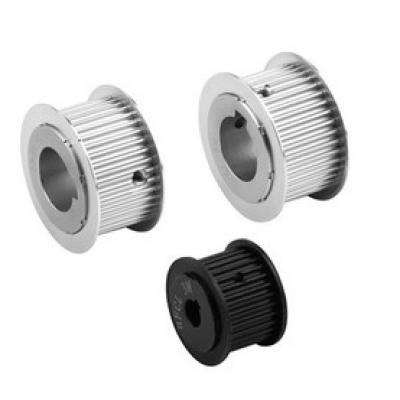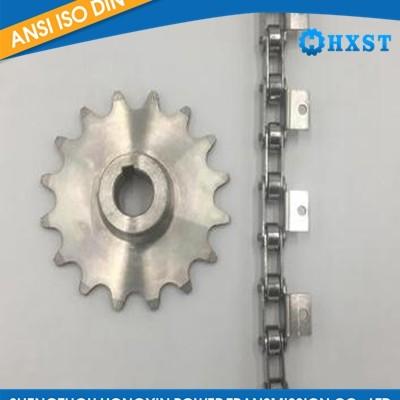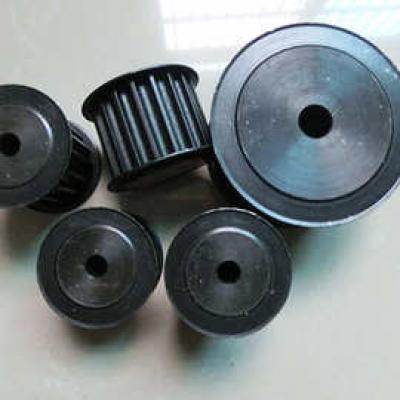The assembly application of gear and rack
assembly application of Gear and rack is commonly seen in various mechanical systems, particularly in industries such as automotive, robotics, and machinery. The gear and rack assembly is utilized to convert rotary motion into linear motion or vice versa.
The process of assembling a gear and rack typically involves the following steps:
-
Preparation: Ensure that the gear and rack components are clean and free from any debris or contaminants. Inspect for any damages or defects that may affect the assembly process or the overall performance of the system.
-
Alignment: Proper alignment of the gear and rack is crucial for efficient operation. Align the teeth of the gear with the corresponding teeth on the rack. This ensures smooth engagement and minimizes wear and tear.
-
Mounting: Securely mount the rack onto a fixed surface or structure. This can be done using bolts, clamps, or other suitable fastening methods. Ensure that the rack is rigidly attached to prevent any movement during operation.
-
Gear installation: Install the gear onto the rotating shaft or motor. Ensure that the gear is securely mounted and aligned with the rack. This may involve using keyways, set screws, or other appropriate methods to fix the gear in place.
-
Lubrication: Apply a suitable lubricant to reduce friction and ensure smooth operation between the gear and rack. This helps to extend the lifespan of the components and improve efficiency.
-
Testing: Once the assembly is complete, perform tests to verify the functionality and proper operation of the gear and rack system. This may involve running the system under load conditions or conducting specific performance tests.
It's essential to refer to the manufacturer's guidelines or consult with experts for specific instructions and precautions regarding the assembly of gear and rack systems.





